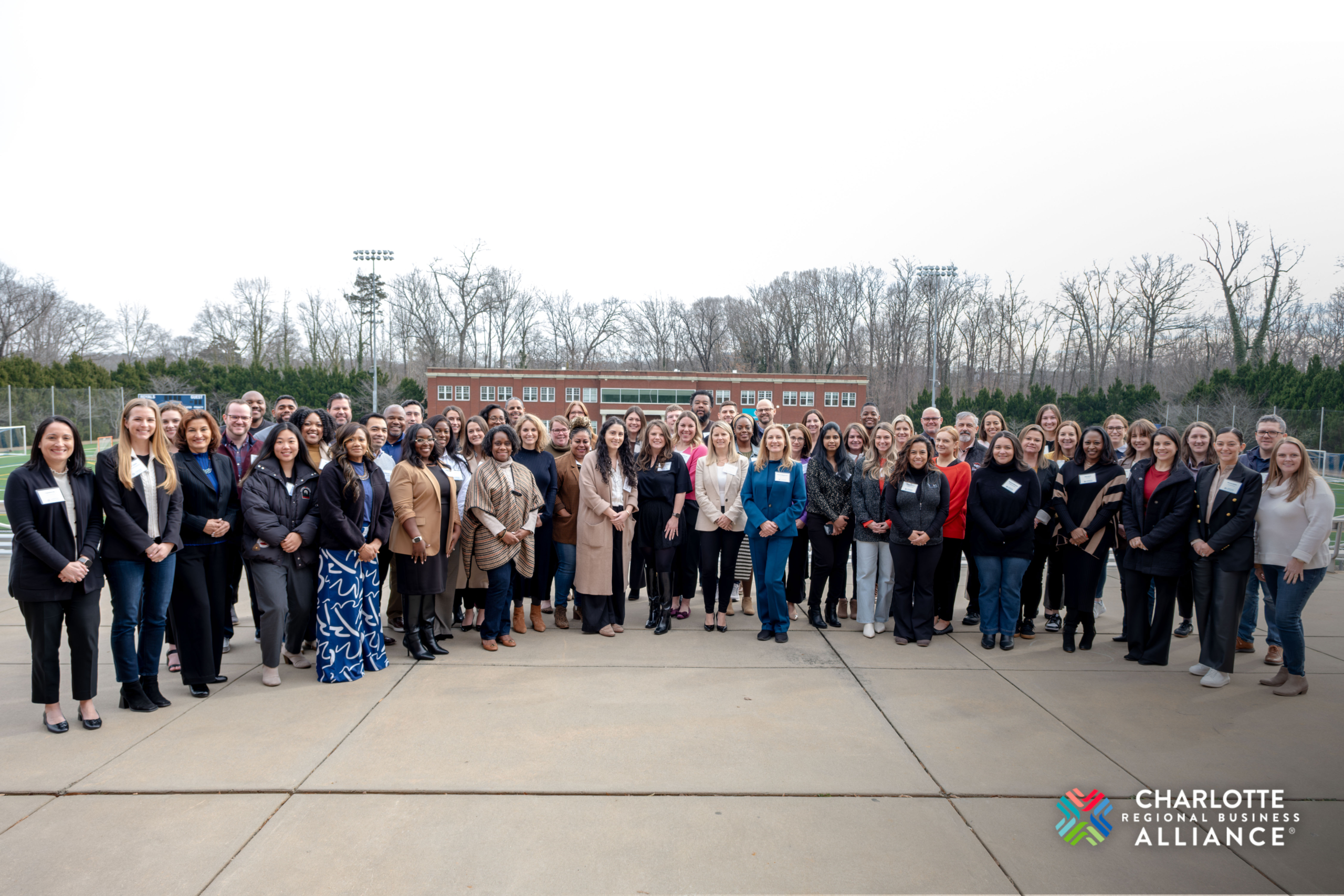One of the biggest infrastructure projects is the wiring of America for high-speed internet. An historic impact of the pandemic was a shift in how broadband came to be viewed: as essential, like roads and electricity. We saw stories about kids in homes with inadequate or nonexistent internet access, sitting in parking lots next to buses with wi-fi.
Recently, I talked about broadband with AT&T’s North Carolina president, Trey Rabon. AT&T recently announced that it has reached 1 million customer locations in North Carolina with its fiber network. In other words, it has installed fiber optic cables along enough roads to pass a million homes and businesses. AT&T fiber is now in parts of 60 communities in 26 counties.
It may be in your neighborhood, and you saw them digging. Or you may have seen one of the other companies that are busy in North Carolina installing fiber. According to Broadbandnow, there are a couple hundred internet providers in North Carolina, most of them small, but regional and national companies are expanding in a lot of different places.
For example, NorthState Communications announced earlier this year that it would be expanding its fiber and passing 53,000 homes and businesses in four counties. Charter Communications, which is branded as Spectrum, announced last year it was expanding high-speed internet to 128,000 home and business locations where broadband wasn’t available.
“We’re right in the middle of what I would call a revolution in communications,” says Rabon, “with the advent of fiber and next-generation internet technologies.”
Why fiber matters
The use of fiber — sending data as high-speed light impulses through glass strands — isn’t new. What is new is the extent to which it is being deployed.
“It can replace a variety of technologies,” Rabon explains. “In some instances, where there’s no connectivity – perhaps it’s a new address, perhaps it’s a rural area that didn’t have basic internet connectivity as we know it. In other areas, in other markets, it may be replacing cable TV. It may be replacing fixed wireless or AT&T’s DSL service.”
The pandemic changed the economics of broadband and fiber in significant ways. Congress has allocated more than $100 billion for broadband construction, and North Carolina’s $350 million GREAT program will spend at the county level. Programs are in place to help low-income residents to afford broadband.
Because so many people were working from home and so many children were learning from home, the market’s acceptance of broadband has changed.
“In Wake and Mecklenburg, you’ve got 100% availability to some type of high-speed internet access, but your adoption was anywhere between 87 and about 90%, and so you had some folks who weren’t adopting,” Rabon says. “You go into a rural area, we were looking at 40%. Sometimes we would get up to 50% adoption rate.
“Well, COVID laid bare the acute need for high-speed internet access for education, for telehealth, for remote working, and those adoption rates increased significantly across the board. And what that did is that allowed for a shorter-term return on investment, which spurred additional investment and capital in fiber.”
As more fiber was being manufactured by companies such as Corning in North Carolina, it created economies of scale and drove down the cost.
The economics of fiber have fundamentally changed over the past five years, Rabon adds. “It’s allowed us to accelerate our fiber build plan across the country, really, in ways we never anticipated.
“Five years ago, we had about 13.5 million customer locations served by fiber across the country. And that increased to 15 million. And then over the last year, we’ve added another 2.4 million, with the goal of getting to 30 million by 2025.
“When you think about it, we really didn’t add a lot over five years, and then because of the economics of fiber and because of the way the world has turned — and the ecosystem that really wants low latency and higher speeds — we’re going to double that footprint in five years.
“For me, it’s mind boggling to go from where we were in 2017 to where we are today, and then where we’re going to be by the end of 2025.“
The telecommunications industry is building a network designed to last, Rabon said. To read more in Business North Carolina, click here.



